In a surprising turn of events, the Trump administration has reversed a controversial decision regarding Social Security identity verification, just days before the policy was set to take effect.
Originally, the Social Security Administration (SSA) had planned to end telephone-based services for beneficiaries unable to use the online identity verification system, requiring many to travel to a local office instead.
This change would have posed significant challenges for millions of vulnerable Americans, especially seniors and people with disabilities living in rural or underserved areas.
The Policy Reversal
The policy shift came after significant backlash from senior advocacy groups, disability organizations, and Democratic lawmakers, who argued that the new requirement would create insurmountable barriers for millions of Social Security recipients.
For seniors, many of whom have limited mobility and lack easy access to transportation, the mandate to travel long distances to verify their identities was a particularly daunting challenge.
On Thursday, White House spokesperson Liz Huston confirmed that the SSA would maintain telephone-based services for identity verification. This was a notable departure from the administration’s earlier stance, which would have required beneficiaries to visit a field office for in-person verification.
Huston explained in a statement to NPR:
“President Trump has repeatedly promised to protect Social Security and uproot waste, fraud, and abuse across the federal government. The Social Security anti-fraud team has worked around the clock in person to improve technological capabilities and they are now able to identify fraud on claims filed over the telephone.”
Technological Upgrades Lead to the Policy Shift
The change in direction came after the SSA’s anti-fraud team implemented new technological upgrades that allow them to identify fraudulent claims made over the phone.
This new system enabled the SSA to backtrack on its earlier decision and eliminate the need for most beneficiaries to travel to a field office. Although suspicious claims will still require an in-person visit, the majority of Social Security recipients will no longer face this hurdle.

A Victory for Advocates and Lawmakers
The reversal of the SSA’s policy followed a wave of outcry from various groups, including elected officials and advocacy organizations.
A letter signed by dozens of Democratic lawmakers urged the SSA to reconsider the requirement, arguing that it would create further barriers for seniors trying to access their earned benefits.
Additionally, the Center on Budget and Policy Priorities (CBPP), a progressive think tank, released a report that warned over 6 million seniors would be forced to travel at least 45 miles round-trip to verify their identities, a hardship that many could not afford.
Max Richtman, the president and CEO of the National Committee to Preserve Social Security and Medicare, celebrated the administration’s decision, acknowledging that it was a response to public pressure rather than a voluntary change in policy.
In a statement, Richtman said:
“The Trump administration did not change the policy out of the goodness of their hearts. They responded to public pressure. This is a victory for advocacy on the grassroots and national level, by and on behalf of the millions of seniors who depend on phone service from the Social Security Administration.”
Continuing Challenges for Social Security Beneficiaries
While the reversal of the in-person verification requirement is a significant win for many, Richtman noted that the administration has still been focused on creating barriers for Americans trying to access their earned benefits.
Despite this victory, many seniors and disabled Americans continue to face other challenges when navigating the Social Security system, such as long wait times, limited access to in-person services, and complications with digital systems.
In conclusion, while the Trump administration’s reversal on the SSA’s in-person verification rule has been praised by advocacy groups, it also highlights ongoing concerns about the accessibility and fairness of Social Security services for vulnerable populations.

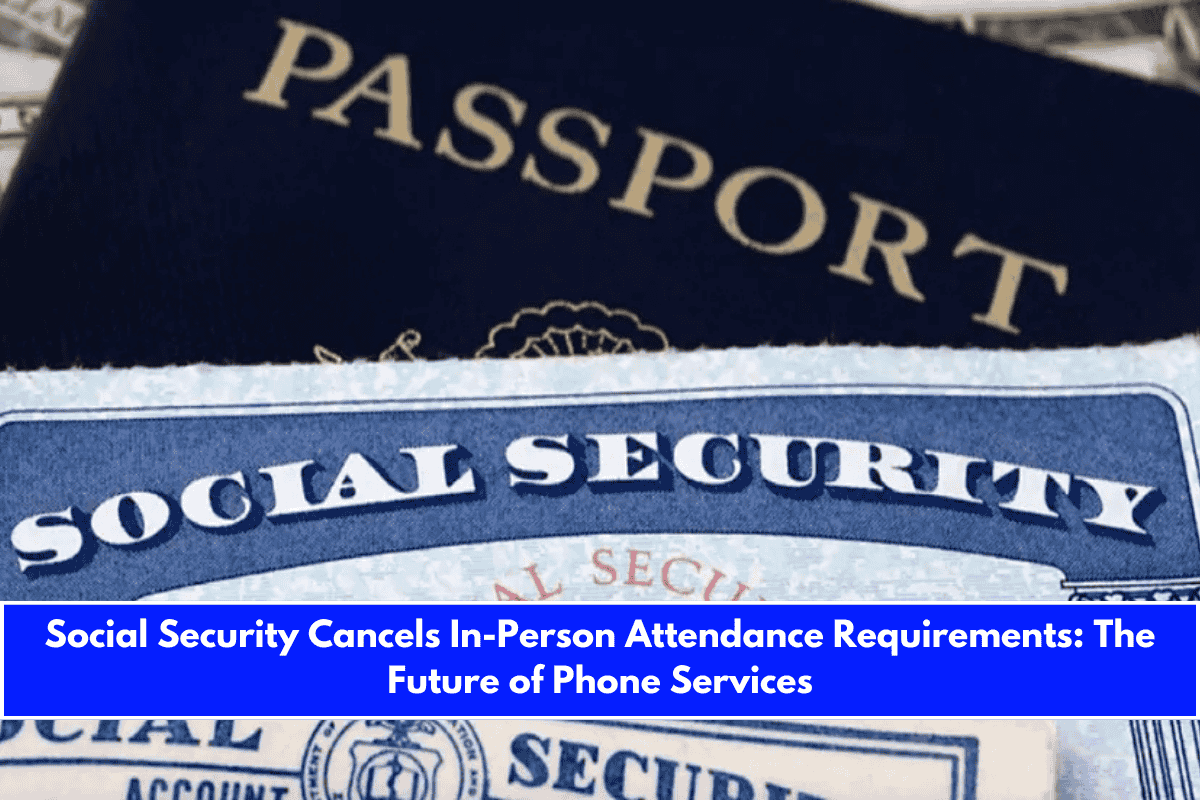
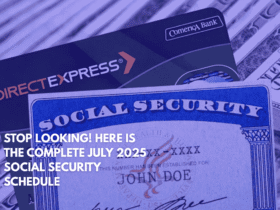

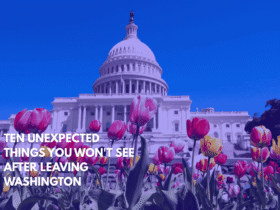


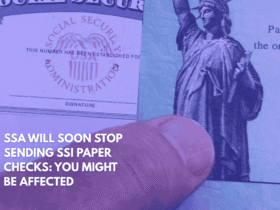
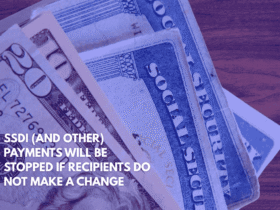


Leave a Reply